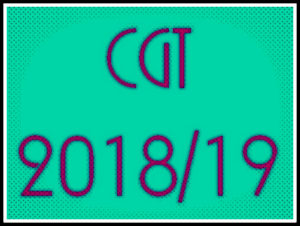It is generally the case that UK taxpayers will be issued with a new tax code each year. Tax codes are issued to individuals and their employers so that the employer knows how much tax they should deduct from the employee’s earnings each week or month.
Standard tax code for 2018/19
The most common tax code for those with simple financial situations in 2018/19 (for example, having only one job, no tax owing from previous years, no other employee benefits etc) is 1185L.
This standard tax code means that you are entitled to the UK personal allowance of £11,850 for the year and therefore that is the amount that you can earn before any tax is deducted.
But it may be the case that you have a different number for your tax code or perhaps your code has another letter at the end (instead of L).
If this is the case then one or more of the following situations may apply to you which may affect your tax code (and these are just some examples):
- you have earnings from another job
- you receive benefits in kind (e.g. company car)
- you owe tax from previous years
- you also have pension income
- you have or you receive a transfer of the marriage allowance
- you have earnings over £100k for the tax year
Confused about your tax code?
If you can’t figure it out why you have a particular tax code, you will probably need to speak to the Inland Revenue to check that you have the right tax code and will not be paying too little (or indeed too much) tax in 2018/19. The number to call for tax code queries is 0300 200 3300.
Or you may find it easier to check your tax code online which you can here do if you have a Government gateway ID.
Tax code letters
So the letters at the end of the tax code may also give you an indication of what your code is all about.
There are a couple of new tax codes that have been introduced recently which take account of the new transferable marriage allowance – those are the letter M if you have received a transfer of the marriage allowance and the letter N if you have given a up part of your allowance. You can find more information on those letters here.
You can check out a full list of the tax code letters and what they mean on the Inland Revenue website.

 This is a summary of the Capital Gains Tax Allowance for 2018/19.
This is a summary of the Capital Gains Tax Allowance for 2018/19.